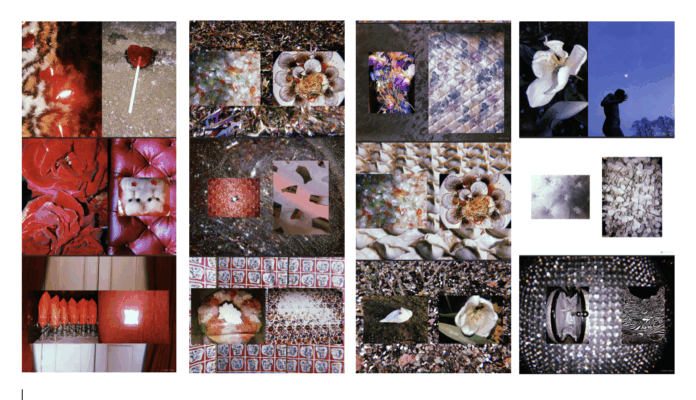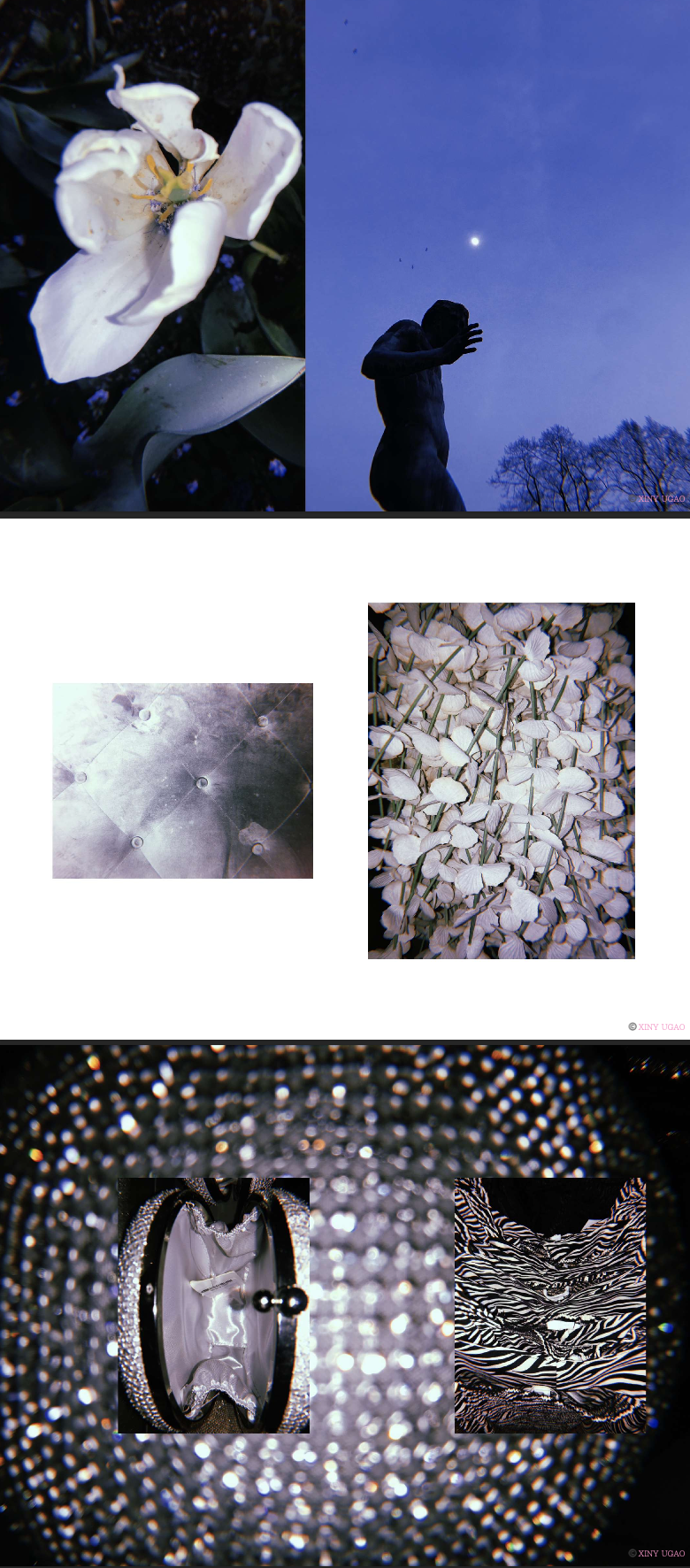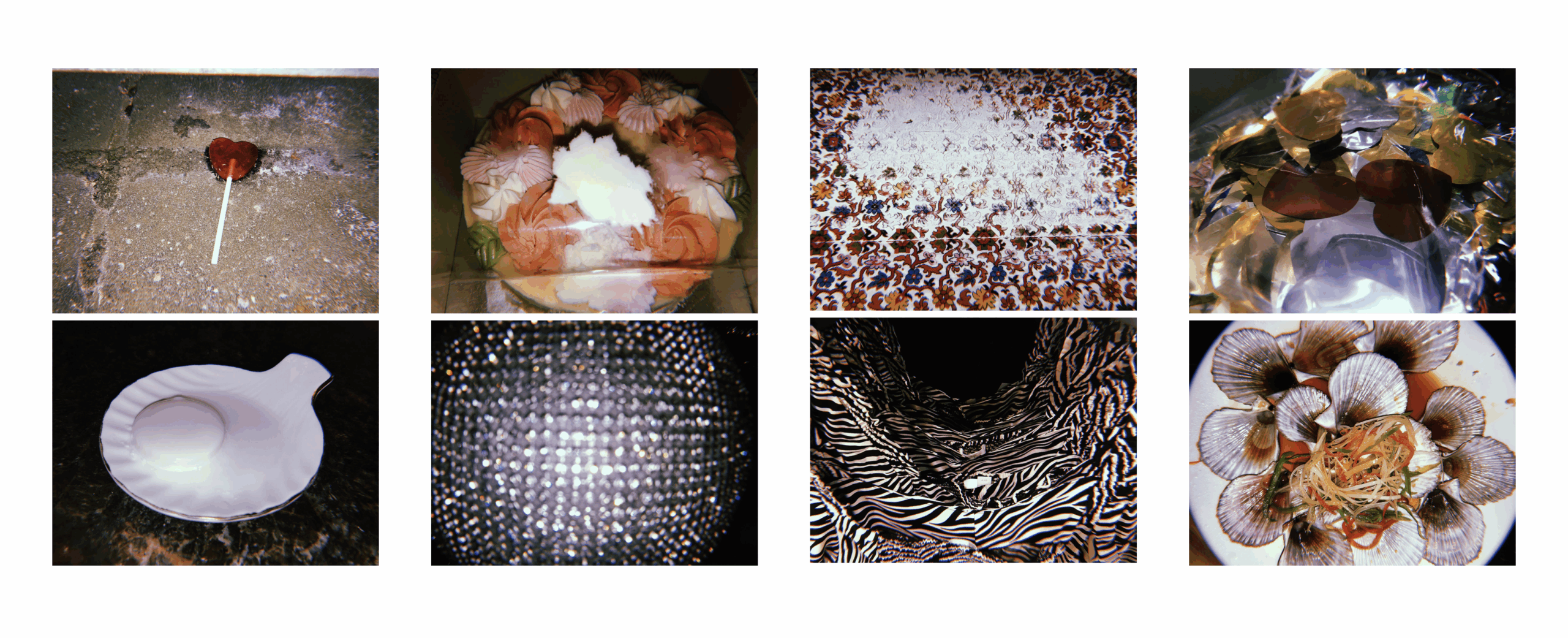As photographer Xinyu Gao’s images suggest, visibility is never fixed. It shifts, breathes, and glimmers in that delicate place between presence and disappearance. Her photographs don’t simply reveal things; they obscure them, soften them, and let them hover in a gentle hum between being and not-being. Across her growing body of work, Gao steps into the role of both witness and participant in the theater of perception, someone who treats feeling and thinking as inseparable. What she captures is not the appearance of the world, but the instant when vision begins to slip away.
Born in China and shaped by an ongoing inquiry into conceptual photography, and poetic abstraction, Gao holds a singular place in contemporary image-making. Her photographs often feel like attempts to remember something that can’t quite be named — the residue of emotion, the afterglow of a dream, the pulse of stillness. Her work has been shown internationally, including at the Pingyao International Photography Festival and London Design Festival, yet the spaces her images occupy most deeply are interior ones: memory, reverie, the subconscious.
Gao’s practice begins where certainty dissolves. She describes her work as an investigation of visibility and invisibility, of the visual and the non-visual, and of the possibilities that sit just beyond the edge of recognition. This inquiry takes shape vividly in Windfall, a series built from phone photographs layered into dense, jewel-like compositions. Petals blur into sequins, reflections ripple like liquid, and fragments of feathers, flowers, and fabric overlap in rhythmic patterns. Each piece feels like a private note — abstract, intimate, and quietly insistent. Windfall becomes a visual language of overstimulation and digital acceleration, slowing down the spectacle until viewers must lean into texture, rediscovering sight as a form of touch. In this way, the series functions as both critique and sanctuary, offering small spaces of slowness and imperfection in a world where images race ahead of emotion.
A different form of stillness shapes Scenic Poem, where Gao turns to wabi-sabi, the Japanese sensibility that embraces impermanence and incompleteness. Built from stone, petals, and fading light, the photographs carry a soft acceptance — of decay, of transience, of beauty as something inherently temporary. Gao captures what escapes rather than what remains, the shadow just before it disappears. While her sensitivity sometimes echoes artists like Rinko Kawauchi or Uta Barth, her attention to cultural crosscurrents gives her work its own voice. Eastern philosophies of impermanence mingle with Western conceptual traditions, creating a dialogue that belongs uniquely to her. Each image in Scenic Poem is a small gesture of surrender, a quiet reverence for what trembles at the edge of fading.
This interest in time deepens further in East Coast Ride, where memory becomes a landscape in its own right. Gao’s images evoke foggy recollections — half-remembered, half-invented — suspended between the familiar and the strange. Light and texture replace documentation, transforming individual emotional experiences into something universally felt. Rather than mapping external cultures, Gao maps interior terrain, the meeting point of emotion, space, and time. Her wandering approach recalls what writer Brian Dillon calls the aesthetics of drift — an openness to detours, hesitations, and fragments.
Beyond the Borders expands this sensitivity into a large-scale project shaped by the belief that images have their own life. Shot across many countries, the series merges scenes of nature, architecture, and daily life until they echo each other in unexpected ways. Boundaries loosen; perspectives blend. Gao often says that images speak for themselves, and in this project they speak of coexistence — of the delicate tension between humans and their environments, the self and the other, visibility and invisibility. The accompanying visualizations, mosaics of intersecting textures and shimmering surfaces, turn her philosophy into something almost musical. Seen together, they form a visual symphony about interconnectedness in a fractured world.
Across Gao’s work, texture is never decorative. It is conceptual, connective, and deeply physical. In Windfall, sequins and petals behave like flickering data. In Scenic Poem, textures become metaphors for impermanence. In other series, they pulse with the vitality of the body or the quietness of nature. Gao’s surfaces are always alive; even in digital manipulation, her images feel sculpted from light. Her approach runs counter to the smoothness described by philosopher Byung-Chul Han — the frictionless aesthetic of contemporary culture. Gao’s images resist that smoothness. They slow the viewer down. They invite sensation, not consumption.
Her fieldwork-based projects, such as The Nubian on the Nile and Snow Field Variation, bring the patient gaze of the ethnographic observer into her fine art practice. Yet she shifts this observational stance inward, turning the lens into a tool for communication rather than documentation. In Snow Field Variation, mountains, herds, and clouds melt into ink-like shadows. The horizon dissolves. The perspective is non-anthropocentric; humans are not set apart but woven into a larger symphony of land, weather, and living beings. The result is a quiet form of ecological awareness grounded not in protest but in compassion and coexistence.
At the core of Gao’s work is a gentle resistance to speed, spectacle, and the flattening of experience. Her photographs remind us that sight is not neutral; it is an act of care. In a digital era crowded with imagery, she asks us to linger, to feel, to notice. Her images refuse easy definition and even refuse closure. They exist in a state of becoming, poised between abstraction and intimacy. This tension gives her work its haunting quality. In Blue Lullabies, for example, she captures the fragile world of girlhood — dreams, tears, the shimmer of nostalgia. The sweetness is never sentimental; it always holds a trace of unease, as if beauty were on the verge of breaking.
Gao’s photographs stay with you because they never settle. They shift in the same way vision shifts, in the same way memory drifts. They ask us to look slowly, to feel deeply, and to honor the delicate spaces where things almost disappear.



